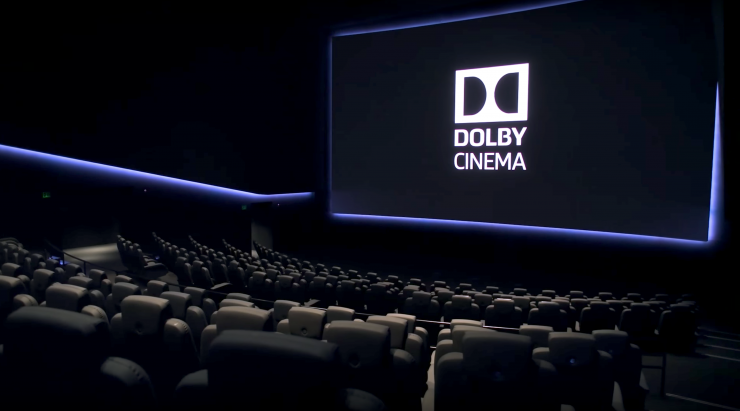M+E Connections

Dolby CFO Highlights Positive Signs Amid Ongoing COVID-19 Challenges
Story Highlights
Despite ongoing challenges caused by the COVID-19 pandemic, Dolby is seeing positive signs that include the reopening of movie theaters across China and a “resurgence of popularity” for PCs, according to Lewis Chew, its CFO.
Reflecting on the past year, he noted he had not been in his office at Dolby since March 6, 2020.
“What has surprised me the most was the ability to actually work from home and do stuff like close the books – close them accurately – [and] get all our reports out on time,” he said March 4 during the online Morgan Stanley Technology, Media and Telecom Conference.
It’s been a long time since Chew has stepped inside any movie theater to have a Dolby Cinema experience as well, he noted.
China “seems to have done the best so far” in terms of theaters being able to reopen, he said. That makes sense because, after all, “they’re further ahead on the whole COVID curve,” he pointed out. “They have more screens open” than the U.S. and they have local content to show on their screens there now, he said.
“That region has already shown that, at least to some extent, people are willing to go back and attend movies, even while COVID is going on” still, he said of China. But he conceded: “There’s still a question mark about how that will reemerge in other big areas, like the U.S. and Europe,” which have “both been hit pretty hard by COVID.”
Dolby is, therefore, “being fairly prudent about our expectations” for Dolby Cinema and the theatrical film market “until we get to the point where enough of the population has either been vaccinated or the numbers are down, and then we’ll be able to see,” he explained.
COVID or no COVID, however, a big draw of going to a theater continues to be the ability to have an experience you can’t replicate at home “no matter how big your TV is,” he argued, adding: “There’s still a pretty rational argument that the premium experience in a theater will survive and potentially thrive after COVID.”
As for new theater installations, however, he admitted: “It’s hard to argue that it could be faster than it was before COVID and it’s easier to argue that it could be slower.” The pandemic may alter plans to open more screens until the future becomes clearer, he said.
On the other hand, PCs have seen a resurgence with the shift to remote work, he pointed out. Home entertainment, including gaming, TVs, speakers and Apple TV set-top boxes have all “benefited from the ripple effect of COVID” also, he said.
Another upbeat sign is the fact that so many manufacturers, including Apple and Samsung, are incorporating Dolby technology in their devices and the music industry has also started increasingly using Dolby Atmos in recordings, he said. Dolby only three years ago had no presence in music, he noted.
Those are signs that the notion of “just good enough” is not the case for many consumers and companies, especially when it comes to TVs, he said, pointing to nine of the top 10 TV makers incorporating Dolby Vision in at least one of their models. (Samsung being the only major TV maker that doesn’t because it supports its own rival HDR 10+ technology.)
Dolby is also seeing increased dual licensing of Atmos and Vision combined in TVs, where it makes a lot of sense, Chew said. But “I would love to see that more… in PCs,” he said, noting they “will benefit greatly from having Vision and Atmos.”
Dolby, meanwhile, sees the automotive space as another area of growth for its audio technology, he said.
Another new area of expected growth is from the new Dolby.io application programming interface (API) platform that it said last year further broadens the opportunities to create in Dolby for the enterprise and application development space, he noted. Its recurring revenue model represents a new way for Dolby to bring in revenue, he pointed out. However, it is “still early” days for Dolby.io, he noted.
Looking ahead to 2022, his projections for Dolby include continued growth in TVs, “more traction” in gaming and “some recovery” in the theatrical business, with Dolby.io being a “wild card.”
He concluded by saying: “Like so many people, I’m looking forward to getting over the hump on all the COVID stuff so that we can start to see what is the world after COVID.”









